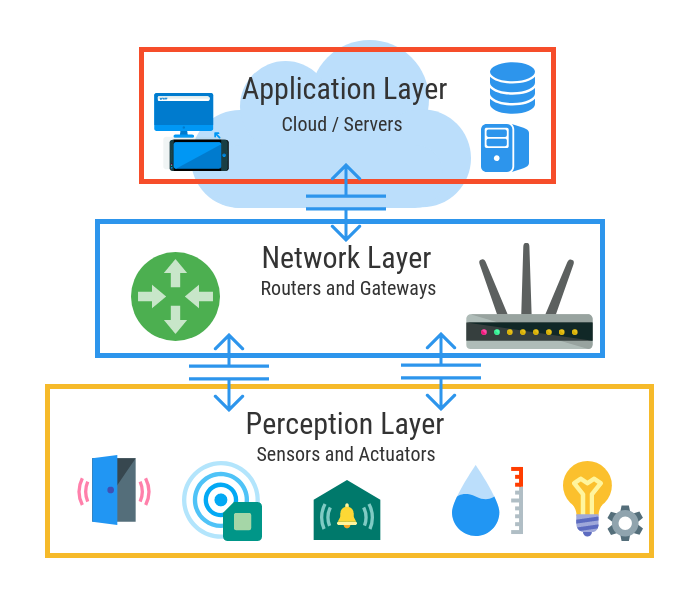
A complete IoT system integrates four distinct components: sensors/devices, connectivity, data processing, and a user interface.
First, sensors or devices collect data from their environment. This could be as simple as a temperature reading .
The sensors/devices can be connected to the cloud through low-power wide-area networks (LPWAN) also known as Lorawan.
Once the data gets to the cloud, software performs some kind of processing on it.
This could be very simple, such as checking that the temperature reading is within an acceptable range.
Next, the information is made useful to the end-user in some way. This could be via an alert to the user (email, text, notification, etc). For example, a text alert when the temperature is too high in the company’s cold storage.
Also, a user might have an interface that allows them to proactively check in on the system.
However, it’s not always a one-way street. Depending on the IoT application, the user may also be able to perform an action and affect the system. For example, the user might remotely adjust the temperature in the cold storage via IoT platform.
And some actions are performed automatically. Rather than waiting for you to adjust the temperature, the system could do it automatically via predefined rules. And rather than just call you to alert you of an intruder, the IoT system could also automatically notify relevant authorities.
